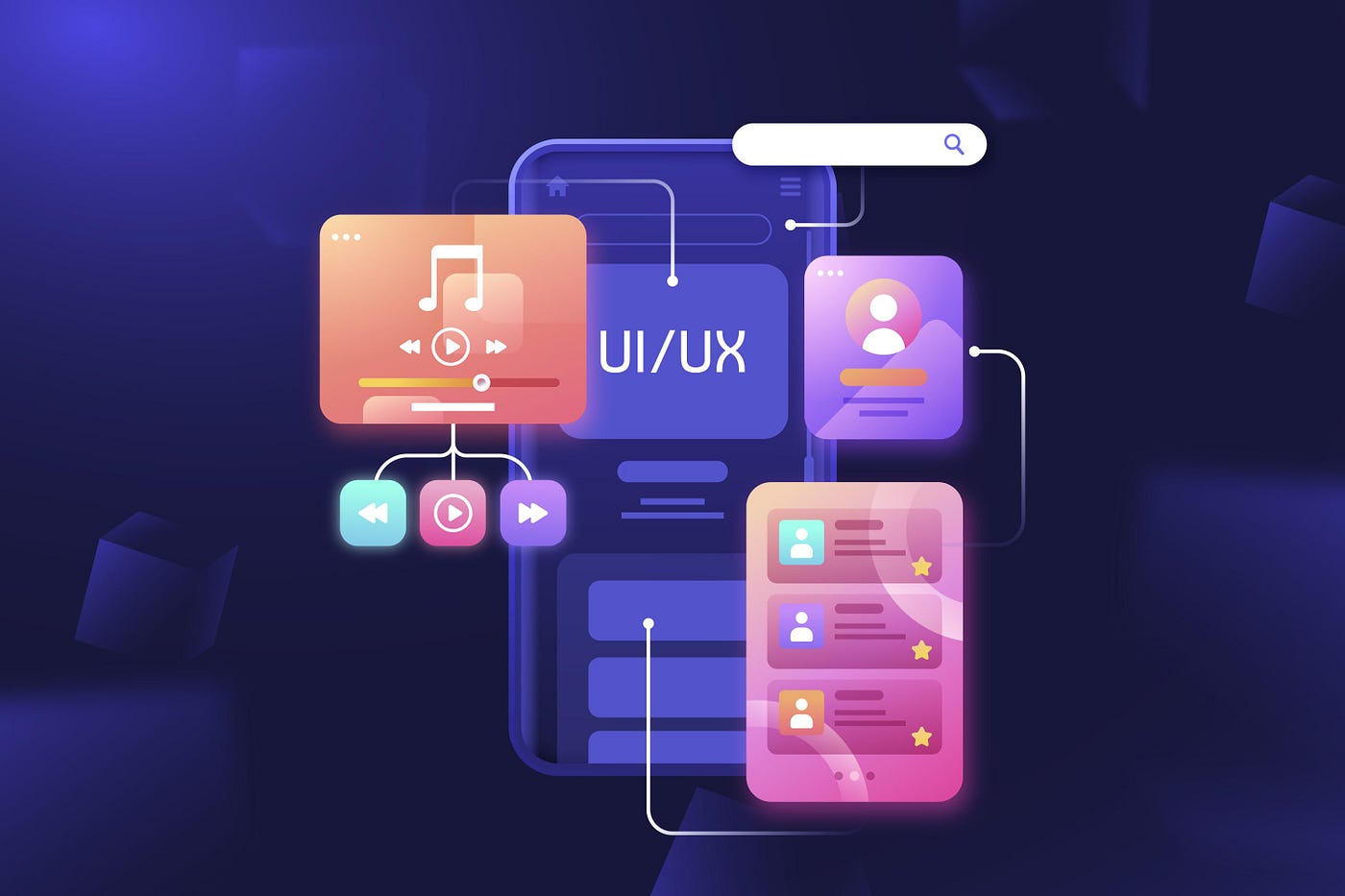In the ever-evolving landscape of digital entertainment, Over-The-Top (OTT) platforms have become the new frontier. But in a sea of streaming services, what truly makes an app stand out? The answer lies in exceptional UX/UI design. While the core principles of great design are timeless, focusing on current trends can give your app the competitive edge it needs. A top-notch mobile app development company in sydney understands that a user’s journey is a tapestry woven from seamless navigation, multi-platform consistency, and deep personalization. This guide will walk you through the key elements that can transform your OTT app from a simple content library into a truly engaging and unforgettable experience.
1. Intuitive Navigation: Guiding the User with Effortless Flow
The primary goal of any OTT app is to get the user to their desired content with minimal friction. Clunky menus and confusing layouts are a user’s worst nightmare and a surefire way to increase churn. Here’s how to ensure your navigation is as intuitive as possible:
- Simplify the Home Screen: The home screen should act as a personalized content hub. Utilize carousels and horizontally scrollable rows to present a variety of content categories without overwhelming the user. Highlight trending shows, new releases, and personalized recommendations front and center. A skilled mobile app developer in sydney knows that a clean, scannable interface is key to keeping users engaged from the moment they open the app.
- Logical Hierarchy: Content should be organized into clear, logical categories. Use a persistent bottom navigation bar on mobile devices and a sidebar on web/TV platforms for easy access to key sections like “Home,” “Search,” “My List,” and “Settings.” The search function should be powerful, with predictive text and filtering options to help users find what they’re looking for, even if they’re not sure of the exact title.
- Visual Cues and Micro-interactions: Use subtle animations, hover effects, and visual feedback to guide the user’s eye and confirm their actions. For example, a small animation when a user adds a show to their watchlist can be a delightful and helpful touch. These small details, when executed well, create a more polished and responsive feel.
2. Multi-Platform Consistency: A Unified Brand Experience
Today’s user consumes content across a multitude of devices. They might start a movie on their smart TV, pause it to hop on a train, and continue watching on their mobile phone. Ensuring a consistent and seamless experience across all these platforms is no longer a luxury—it’s a necessity. This is a core competency for any leading app development company in sydney.
- Adaptive, Not Just Responsive, Design: While responsive design ensures the app scales to different screen sizes, adaptive design goes a step further by optimizing the layout and experience for each specific device. A remote-controlled interface on a smart TV requires a different navigation paradigm than a touch-based one on a smartphone.
- Synced User States: The user’s viewing history, watchlists, and preferences must be perfectly synced across all devices. When a user pauses content on one device, it should be ready to resume at the exact same timestamp on another. This seamless handover is critical for a frustration-free experience.
- Consistent Visual Language: Despite the different layouts, the visual language—including color palettes, typography, and iconography—must remain consistent. This reinforces brand identity and makes the user feel familiar and comfortable, regardless of the device they are using. A professional app developer in sydneyunderstands the importance of maintaining a unified visual language to build trust and brand recognition.
3. Using Data to Personalize the User Journey
In the modern OTT world, content is king, but personalization is the crown. Moving beyond simple genre-based recommendations, current trends leverage sophisticated data analytics and machine learning to create a truly bespoke experience for each user.
- Hyper-Personalized Recommendations: Data on viewing history, search queries, watch duration, and even time of day can be used to predict what a user might want to watch next with remarkable accuracy. This creates a “discovery engine” that introduces users to new content they’re likely to enjoy, increasing engagement and watch time.
- Dynamic Content Ordering: The order in which content rows and carousels appear on the home screen can be dynamically rearranged based on user behavior and preferences. If a user frequently watches documentaries, that row can be moved higher up on their home page. This makes the interface feel alive and tailored to their specific interests.
- A/B Testing and User Feedback: Data isn’t just for personalization; it’s also a powerful tool for continuous improvement. By A/B testing different UI layouts, recommendation algorithms, or feature placements, you can gather data on what works best for your audience. Furthermore, providing channels for user feedback and integrating those insights into your design process is invaluable. The best mobile app developers in sydney use data-driven insights to refine and enhance the user experience continuously.
By focusing on intuitive navigation, multi-platform consistency, and a data-driven approach to personalization, you can create an OTT app that not only stands out but also builds a loyal and engaged user base. In a market where content is abundant, UX/UI is the differentiator that can make or break your success.


